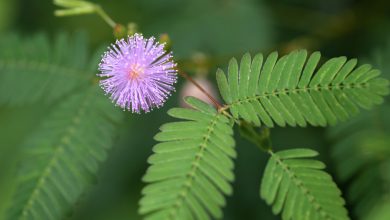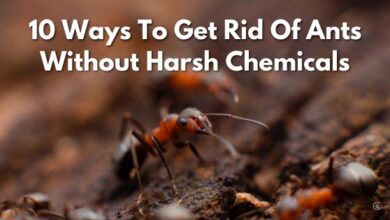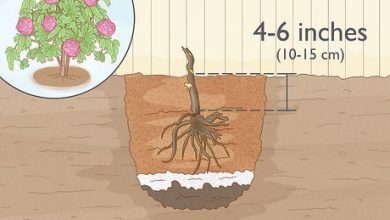Fruit Flies: [Effects, Detection and Treatment]
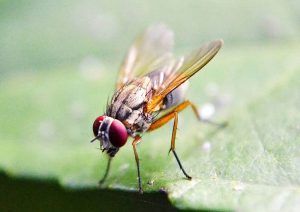
How to eliminate fruit flies?
 Fruits are the vegetable products that are usually attacked by a greater variety of pests, as is the case with fruit flies.
Fruits are the vegetable products that are usually attacked by a greater variety of pests, as is the case with fruit flies.
In some areas of the world these are also known as vinegar flies.Its attack period begins during the spring, although it is usually in summer that it is fully triggered.
It has a relatively short lifespan (maximum 21 days), but reproduces fairly quickly.Do not let your crops be affected by its presence, get to know it and learn how to treat it thanks to the information that we give you below.
What is the fruit fly?
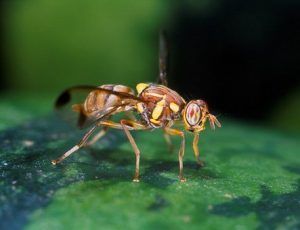 The fruit fly is a dipteran type insect that has the property of feeding on sweet fruits.
The fruit fly is a dipteran type insect that has the property of feeding on sweet fruits.
Among the main fruits that are prone to its attack are grapes and apples, which are widely used in wine production.
The fruit fly has a short evolutionary cycle, of just 21 days, but part of it is carried out inside the fruits they attack.It is one of the most complex problems faced by fruit growers around the world due to the amount of damage it causes to crops.
His attack prevents, among other things, that the fruits are consumed in high-end markets.This happens even though it is a fact that the fruit itself meets the conditions to be classified as a crop of the highest quality.
How do fruit flies affect crops?
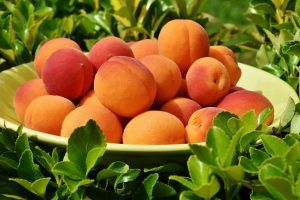 The fruit fly acts through the action of the female, which generates an incision in the fruit pulp to introduce its eggs.
The fruit fly acts through the action of the female, which generates an incision in the fruit pulp to introduce its eggs.
Due to its reproductive cycle, the eggs hatch and give rise to larvae that are responsible for damaging the fruit internally.
In addition to that, fungi and bacteria also find a direct way to penetrate the fruit, leading to rapid decomposition.
Therefore, if the fruits are still on their respective plants, they will fall sooner than they should, becoming impossible to recover.
How can we identify them?
 The common thought of flies resembles the insect we know, dark in color, almost always black, and with an unpleasant perception.
The common thought of flies resembles the insect we know, dark in color, almost always black, and with an unpleasant perception.
The fruit fly has an organism that is quite different in terms of color, since its wings are light yellow.
Unlike the common fly, its structure is not so unpleasant , giving an image that could be classified as pretty for this type of insect.
Another important detail is that it is smaller in size than the common fly , even though its effects are much more harmful and aggressive.Regarding its behavior, it is not common to see it fluttering like in the case of the common fly because it has its habitat on the trees.
In this way, it will only be possible to find them around the leaves or carrying out their work process on the fruits.
What natural products are useful to eliminate the fruit fly?
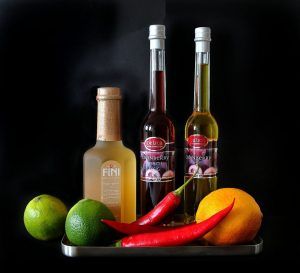 A mixture of vinegar and special dishwashing soap is very efficient in controlling fruit flies.
A mixture of vinegar and special dishwashing soap is very efficient in controlling fruit flies.
The reason is that the smell of vinegar is attractive to them, which makes them descend to the place where they are.
However, at the moment of touching the mixture, the soap prevents them from flying out again, giving us the opportunity to eliminate them.
It is a process that will not damage the crops, although it is recommended in cases where there are not so many flies affecting the crops.Another trap is achieved with the use of fruit itself , one that is very sweet, as is the case with the banana.
The idea here is to cut slices of the fruit and place them on a base inside a container, so that they are not at the bottom of it.In the central part you will place a plastic or paper funnel through which the flies will slide to the end of the container.
Being a funnel, they will not have a chance to get out, thus making it easier for them to be eliminated as well.Red wine is another super ally to catch fruit flies using their feeding preferences.
In this case, all you have to do is fill a container with wine and then cover it with plastic wrap, making a few scattered holes for the fly to enter.It is important that the holes are of an appropriate size so that it is easy for them to enter, but from where it is difficult for them to get out.
Other actions include thorough cleaning of crops after harvest time , thus reducing the chances of them attacking again.Likewise, careful observation of the plants that have been affected will help prevent a new attack.
What crops do fruit flies affect?
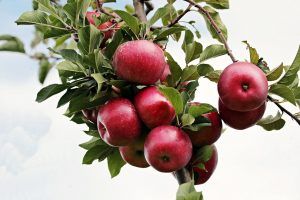 In general, the fruit fly could attack up to 250 kinds of different fruit species.
In general, the fruit fly could attack up to 250 kinds of different fruit species.
However, they present some preferences depending on the area where they are located and the type of predominant crops in the place.
As we have already mentioned, the fruit fly operates during the spring and summer months, going into a resting process in winter.It is common to see it attack fruits such as: apples, peaches, guavas, figs, plums, apricots , among others.
Although it is expected that a possible attack will be generated on fruits used for fermentation processes, it is also common that it likes fruits with sweet pulp.Another characteristic preference is that they have delicate skin , so that it is easier to penetrate inside and lay the eggs.
In any case, when the fruit fly attacks a crop, it is best to apply the recommended treatments and, if they do not work, contact the authorities.It is especially recommended not to move the fruits to prevent the flies or larvae present in them from harming other crops.
In other words, the most convenient thing is to apply the corrective actions in the place where the pest is present.Another important point is to prevent contaminated fruits from being consumed by humans.

